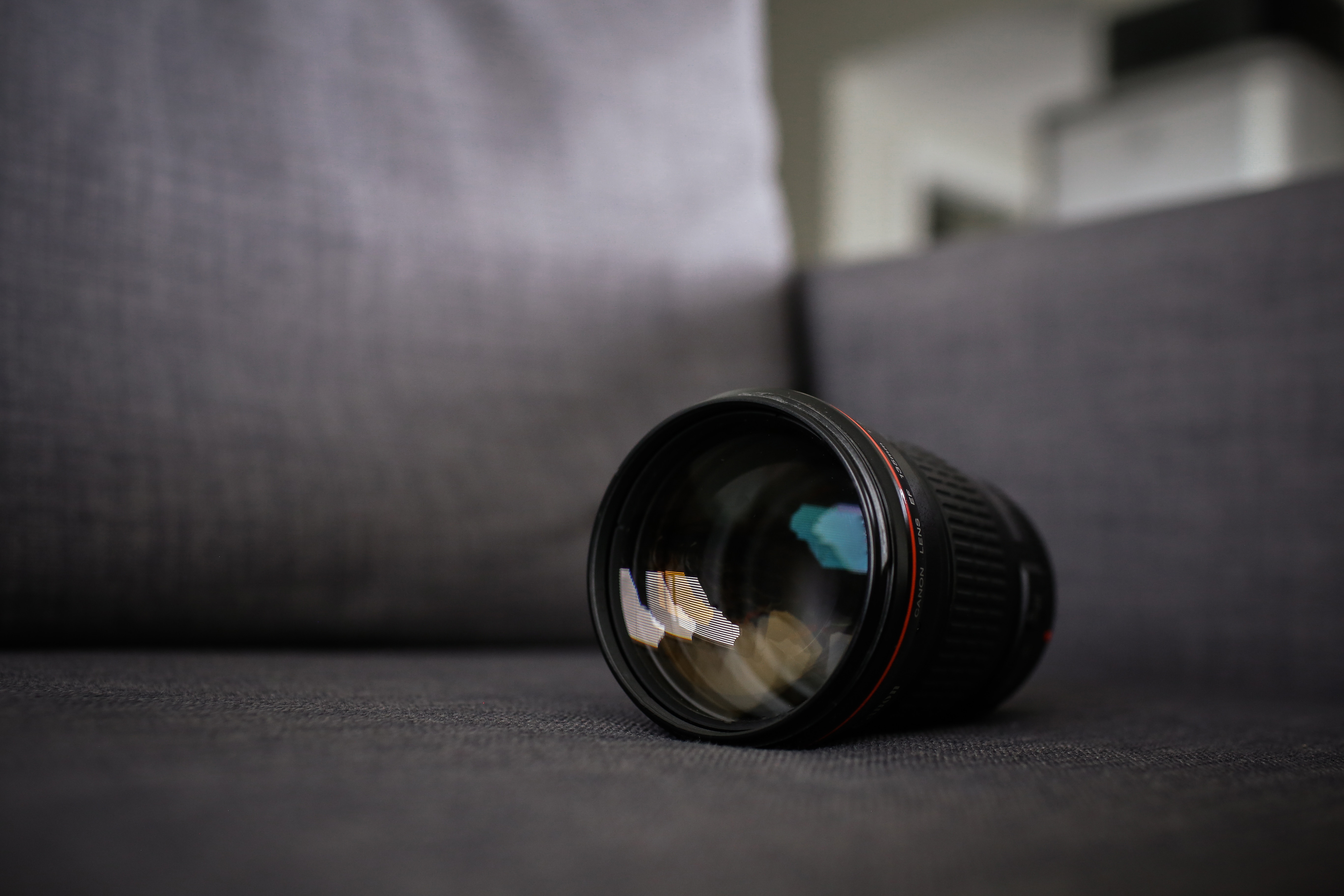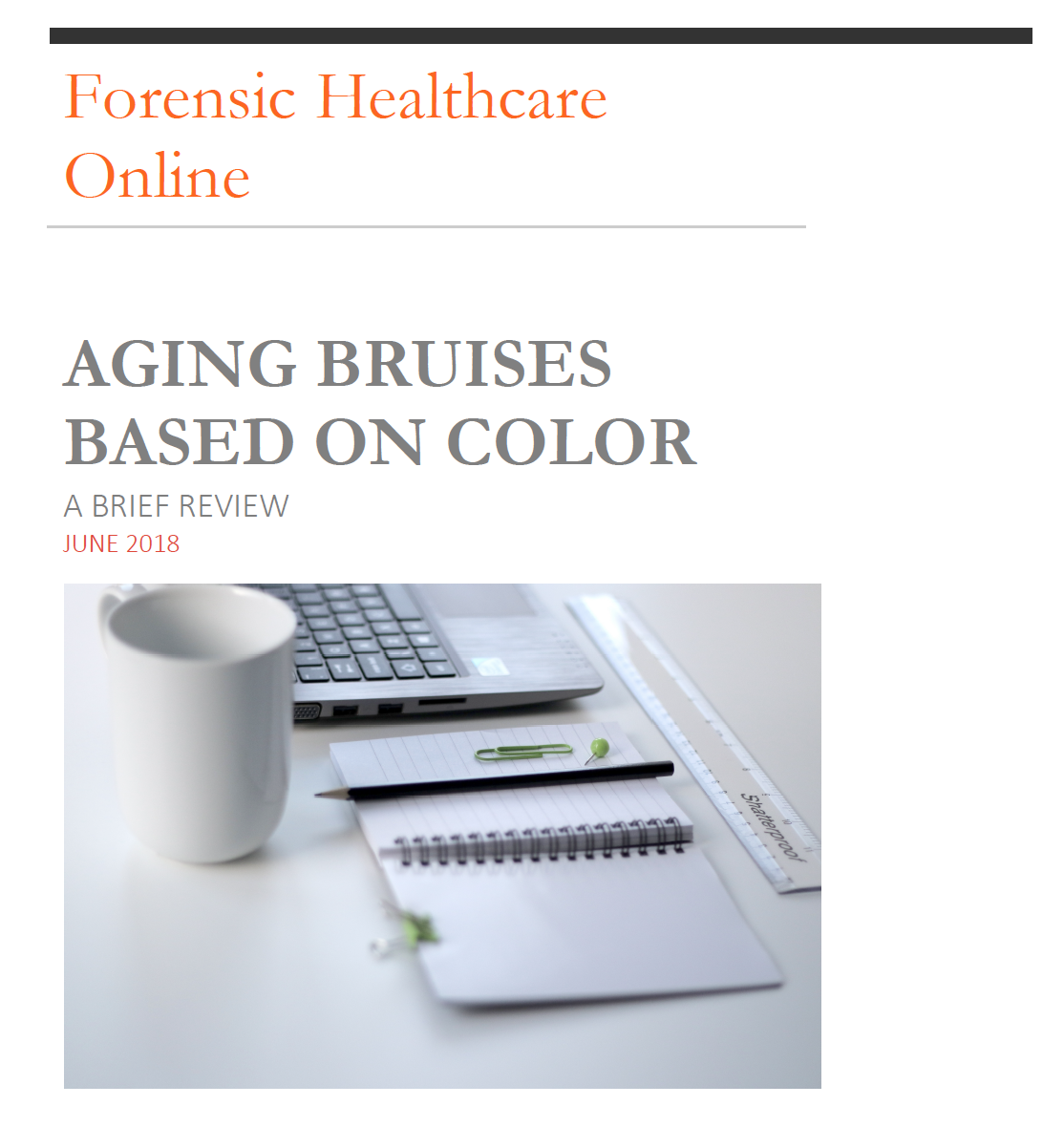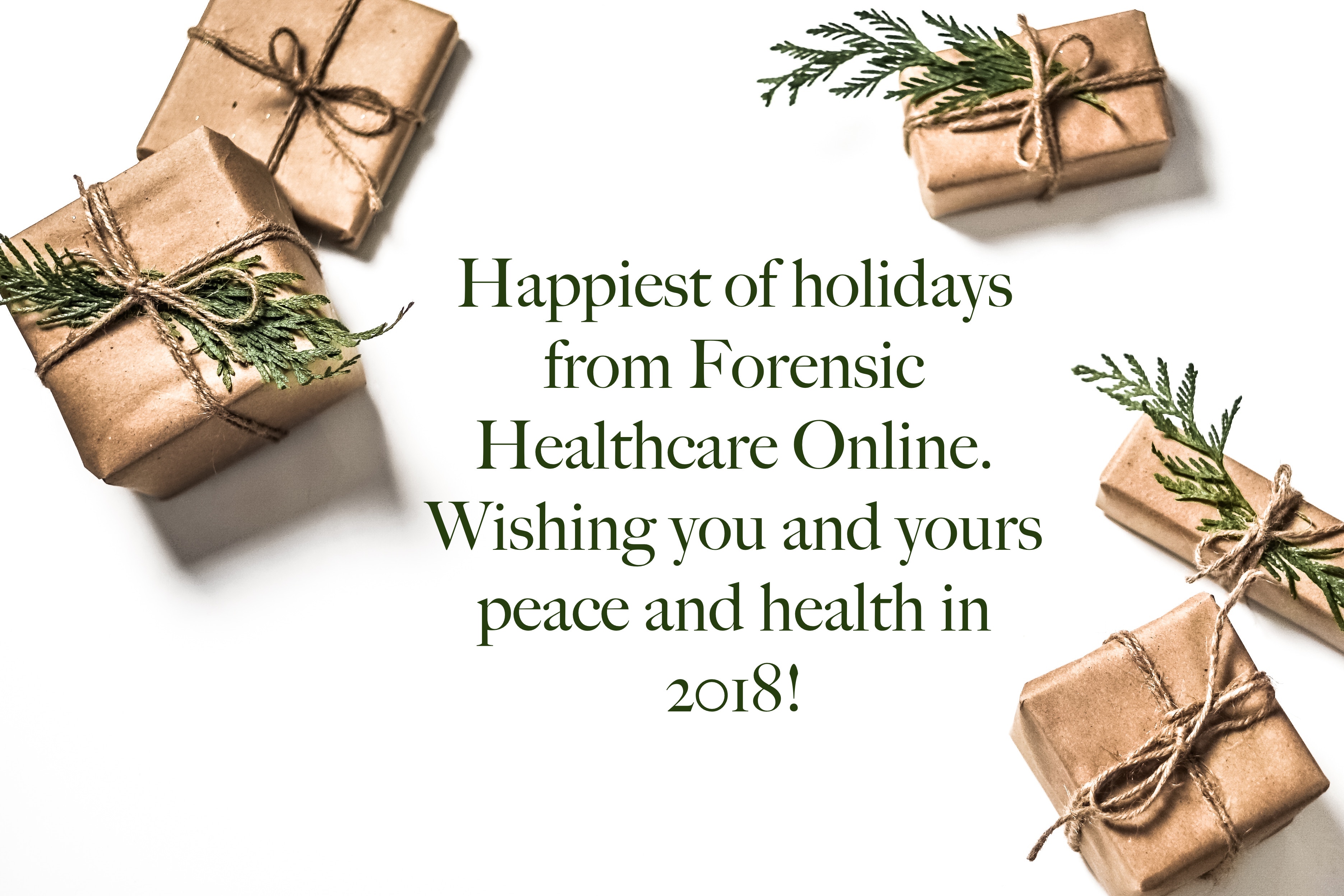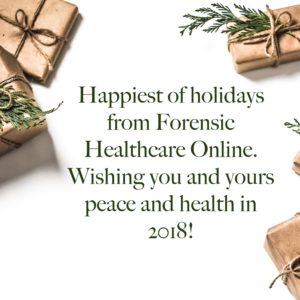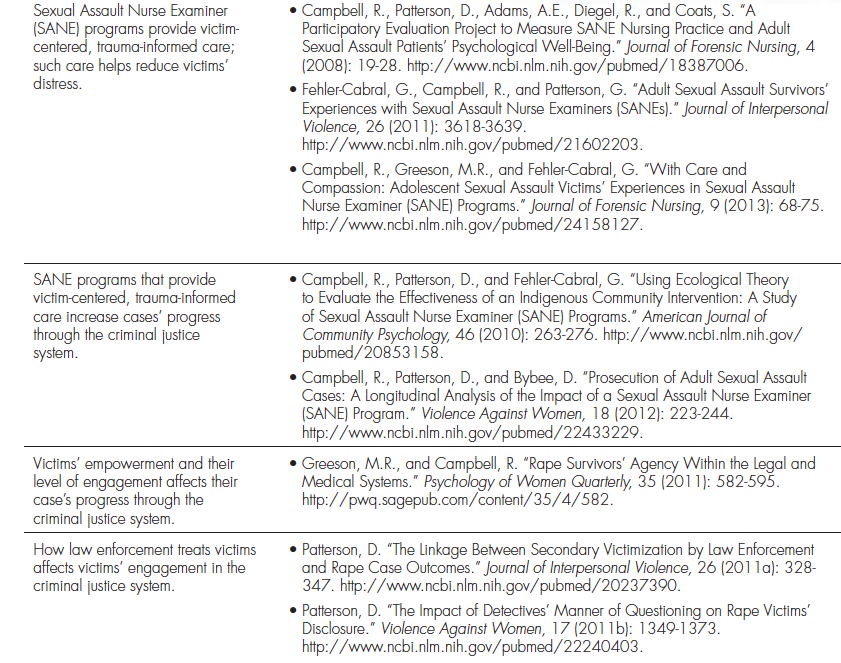Folks, I am happy to share a new study recently published in the journal, Radiology. But before I go there, let me remind readers of a couple things–the research I share is to help inform clinical practice and the opinions that we may or may not give on the stand. To give us a better understanding of what is knowable in our field, and what is still yet to be figured out. It is going to be a very rare occurrence indeed when any one article I post can be taken wholesale and generalized to a broad audience. In our discipline, we just don’t see a lot of studies like that. You’ll know this (apart from reading the Limitations section of the article, which will probably say so in black and white) because of the small sample size of the study, for instance, or the fact that all of the subjects in the sample represent a relatively homogenous population.
What I mean is that if you have an article that states that in a study of 100 people in my community, 50% of them hate dogs (what?!), you can’t take that study and say that means that half of all people hate dogs. No, half of the weird people in that particular study from that particular community hate dogs. But that’s all you can say. Especially if there are no other studies that have reproduced those results with other populations. Or larger populations. Or if there are studies that have found contrary results. Etc. Forgive me, because this is an oversimplification of a more complex issue, but it gets to the point, which is–read studies for what they are, but also for *what they are not*.
Why am I telling you this? Because this inappropriate generalizing of data happens a lot in our profession. Because I get emails and texts and frantic phone calls about it. Because FHO aims to help make people the best clinicians and the best expert witnesses they can be (regardless of which side they’re working for) and I would be remiss if I didn’t mention what seems to be an obvious problem with the way testimony may be going down in certain circumstances. This is not a nurse-specific phenomenon, BTW–many healthcare and healthcare-adjacent disciplines are taking the data in this area and using it in ways it shouldn’t be used at trial. Drawing conclusions you cannot draw. Anyway, you get the picture. [Rant complete.]
So with that, I bring you this very intriguing study by our colleagues out of Boston, Radiologic Findings in Intimate Partner Violence. Read it for what it tells us, and for what it doesn’t. It’s available free full text, at least right now, so before the nice people at Radiology change their mind, go ahead and download it and add it to your read pile. It’s worth your time.
(Add: based on a phone call I received, not 4 hours after posting this, let me also say, the whole generalizability conversation includes thinking long and hard about whether you can apply results in specific circumstances and apply them equally in similar, but not the same, circumstances. The answer is probably, no. Just because something is found to be likely in an intimate partner violence case, for instance, doesn’t mean it will also be likely in a human trafficking case or a child abuse case. One article, one study isn’t going to give you that.)









